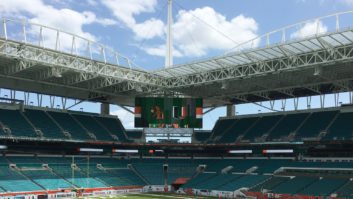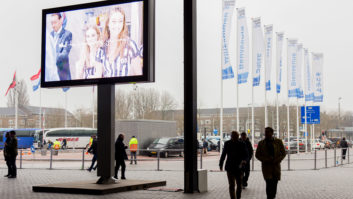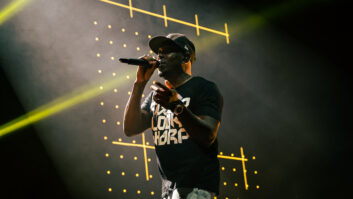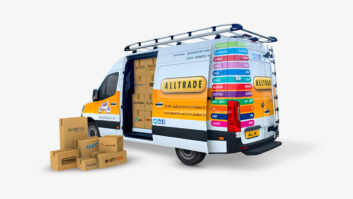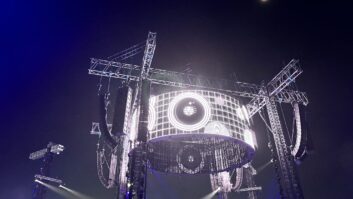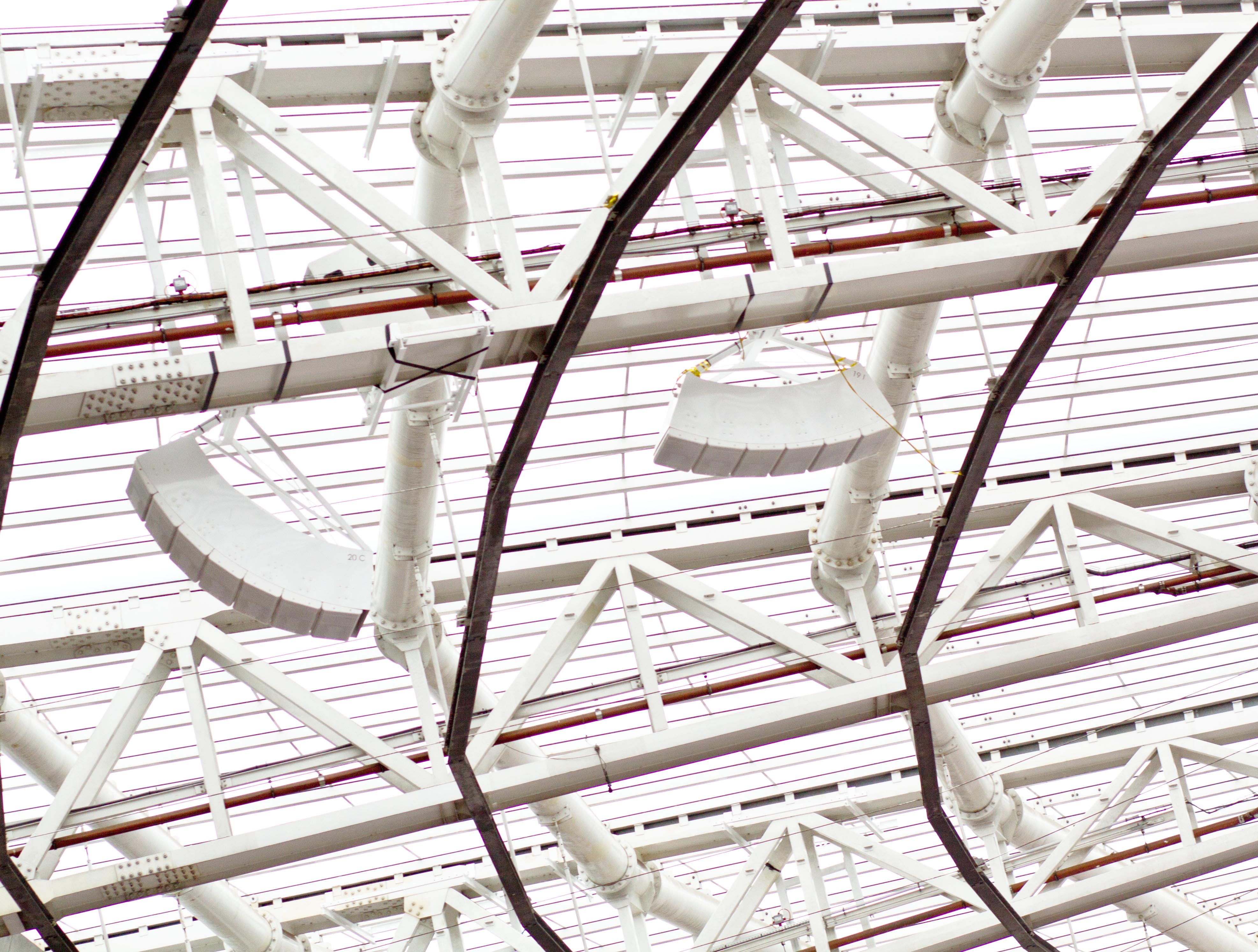
As the previous article in this two-part report into smart stadiums has made clear, it is the sports events that pull in the punters week after week which tend to be the drivers of new investment – especially during an era when deepening ‘fan engagement’ is (in every sense) the name of the game. Perhaps inevitably, this often translates to higher-definition screens (and more of them), enhanced connectivity for mobile services, and visually driven new technologies such as VR and AR.
The ‘smartest’ of the smart stadiums, however, know that high quality permanent audio systems can also play an important role in creating a compelling overall experience – both on sports event days and as an auxiliary component to hired-in systems for live music and other entertainment events. No wonder, then, that Daktronics’ EMEA vice president Pete Egart describes audio as “an unsung hero” of the stadium experience.
“It usually only draws attention when it is not working correctly,” he says. In reality, “there is a large amount of engineering that goes into designing an immersive audio environment. It is very important to work closely with experts when designing an audio system to ensure a clean and clear audio experience at the venue.”
Indeed, speak to vendors and integrators and you will quickly establish a consensus view around sound specification becoming evermore critical above and beyond the essential requirements of a permanent PA/VA system. As NEXO engineering support division director François Deffarges observes, “increased interaction between audience and sound will play a growing role. [Consequently] we see clear trends for improving the audience experience through general usage of subwoofers, and total audio system integration.”
Guillermo Wabi – professional sound application design manager, Bosch Building Technologies, Communications Systems Division – concurs about this general drift towards more powerful permanent systems. “Audio systems’ usage in stadiums has changed in the past 20 years from an announcement system to added dual functionality beyond just announcements to evacuation systems, and is now evolving [towards] multifunction systems including entertainment functionality,” he says.
Top-class entertainment
In general the factors that underpin notions of ‘good sound’ in a stadium are the same as those in other large-scale public spaces: even coverage and intelligibility to all seats in the venue; consistency of levels and clarity across different types of content; reliable amplification and integrated, systems-wide control; and effective protection from the weather and its many extremes.
The advent of highly directional beam-steering, line array and point source technologies has meant that, for those venues willing to make the investment, there is really no bar to high quality sound at every seat. And with systems such as these, some venues are looking to structure sports event content – including interviews and dynamic pre- and post-match music – into comprehensive programmes that complement the changing moods of the day. A recent project undertaken by NEXO at Wolves FC home ground Molineux Stadium – for which delivering a “top-class programme of entertainment on match-days” was a key priority – is a case in point.
Case study: boosting match-day entertainment at Wolves FC
One UK venue that can attest to the potential rewards of taking an integrated approach to audio system design is Wolverhampton’s Molineux Stadium. Best known as the home ground of Wolverhampton Wanderers FC (‘Wolves’), the stadium wanted to upgrade to be able to deliver the blend of music, player interviews and commercial content that fans have begun to expect on match days.
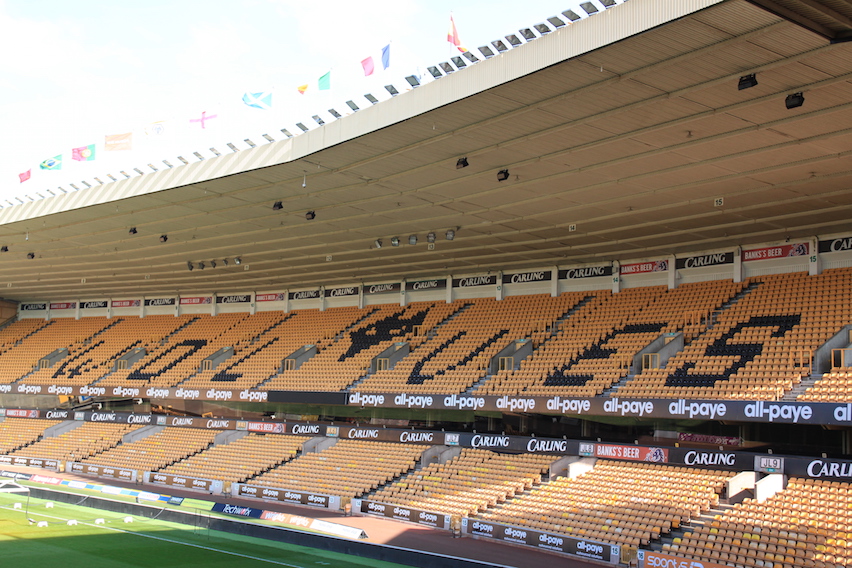
Wolves’ head of operations Steve Sutton enlisted TG Baker to design and install a new audio system suitable for both entertainment and PA/VA requirements. The previous system was 24 years old and “well past its recommended working life. Our new owners and Laurie Dalrymple, our managing director, were very keen to deliver a top-class programme of entertainment on match days,” says Sutton.
The end result of their deliberations on behalf of the 31,000-capacity stadium is a versatile system based around a total of 34 NEXO PS15-R2 cabinets, fixed to the roof of each stand, with a mere six NXAMP4x4 amplifiers powering the speakers. Ensuring compatibility with the VA requirement, the NXAMPs feature a special firmware version designed with a focus on life safety systems.
The new installation has delivered significant improvements to fans’ enjoyment of an extensive match-day programme that may include DJ sets, pitch-side interviews, and even pyrotechnic displays synchronised to audio. Hence, Sutton concludes, “we can now deliver a much more professional entertainment programme, especially in the crucial five minutes before kick-off. Consequently, we can see fans coming into the stadium earlier than before. Sound is subjective, but in my opinion it’s made a massive difference since the NEXO system went live.”
NEXT: Why using parts of the stadium PA for concerts makes good business sense
